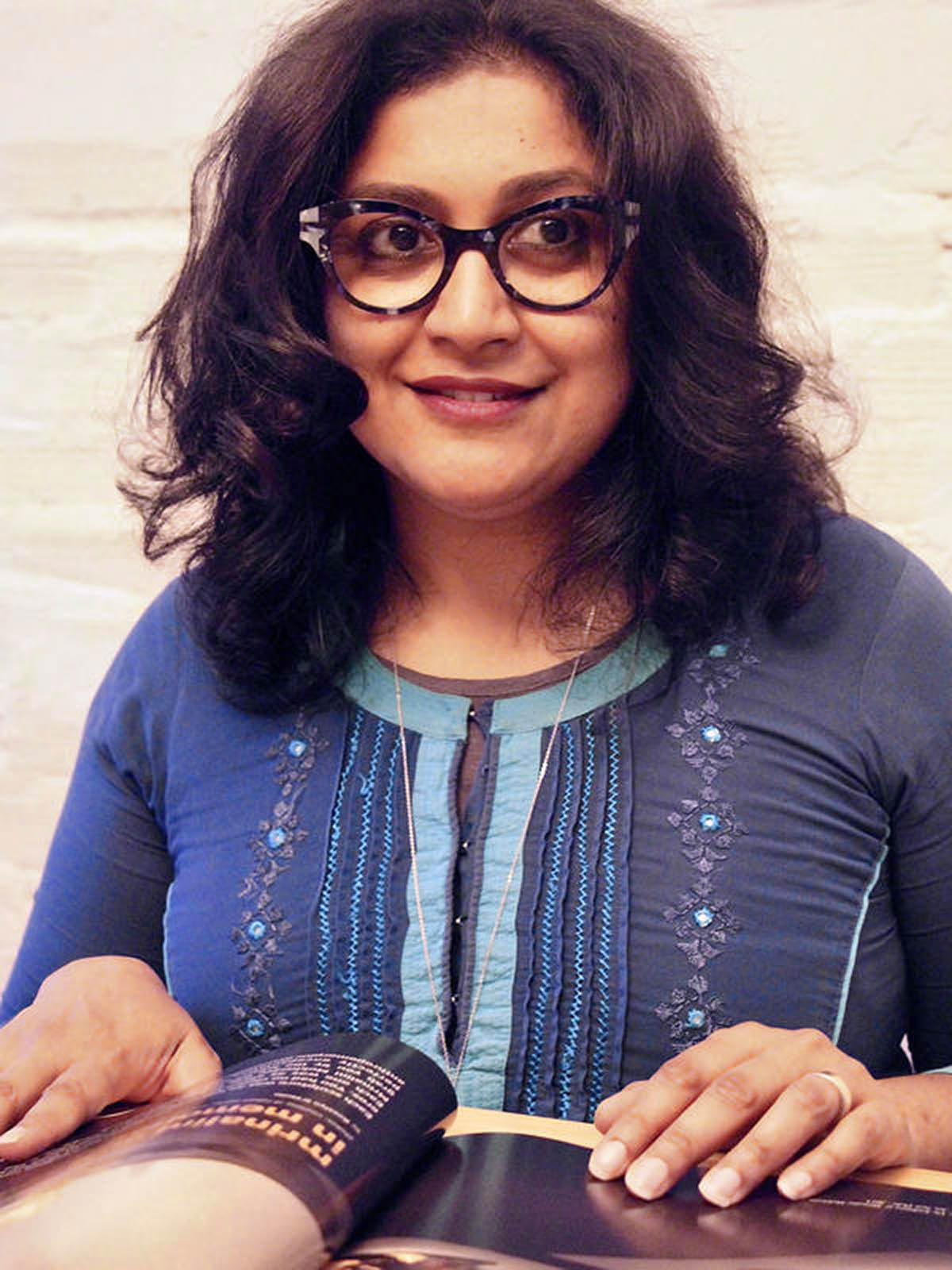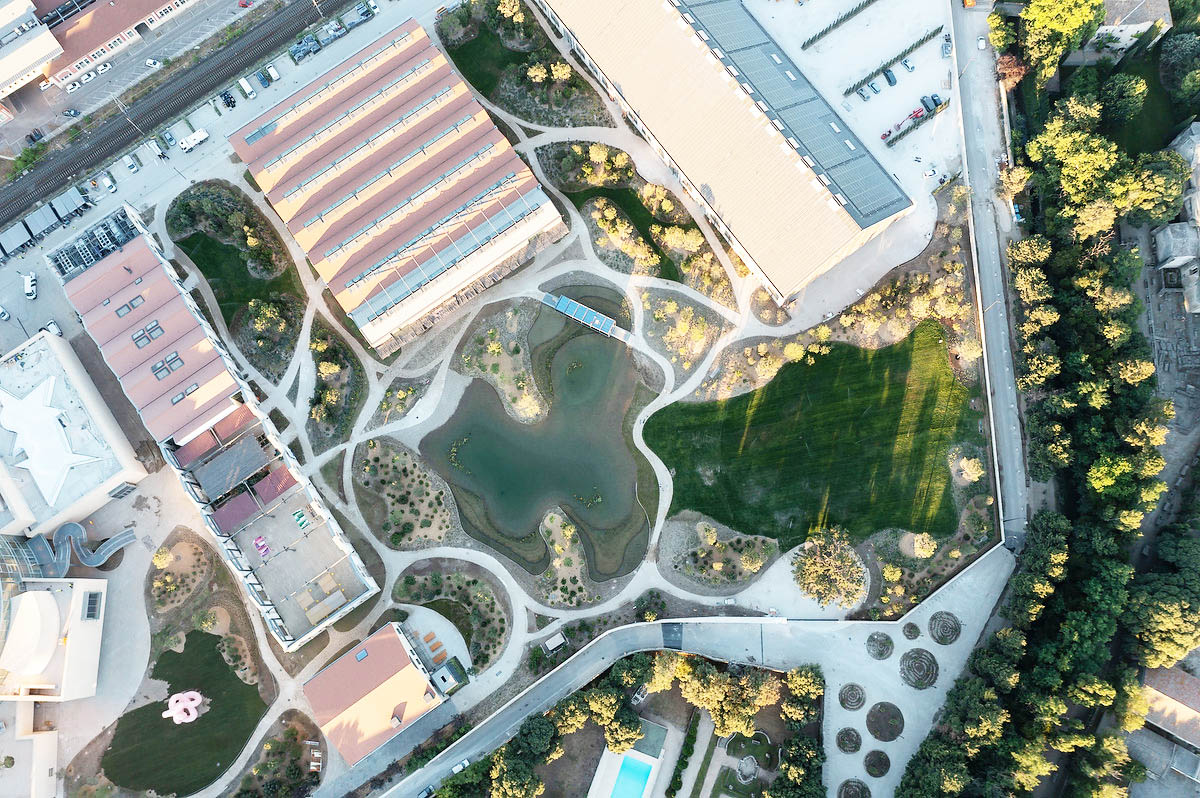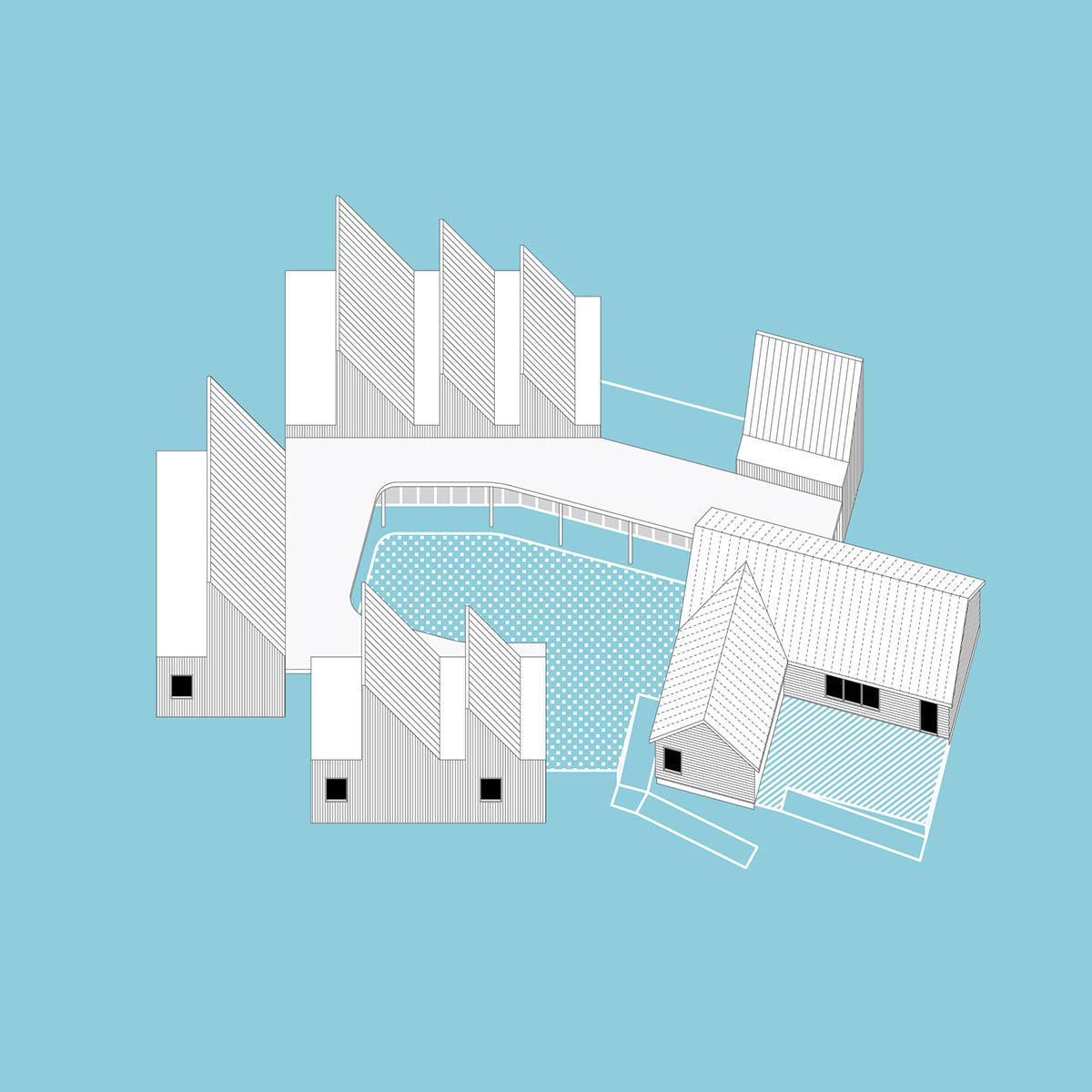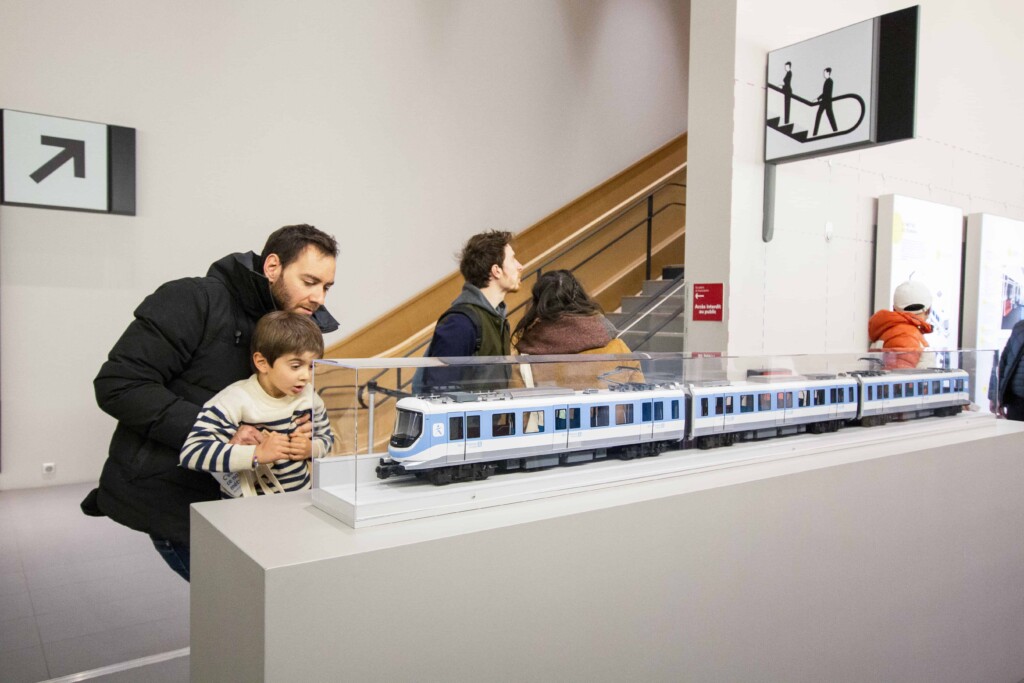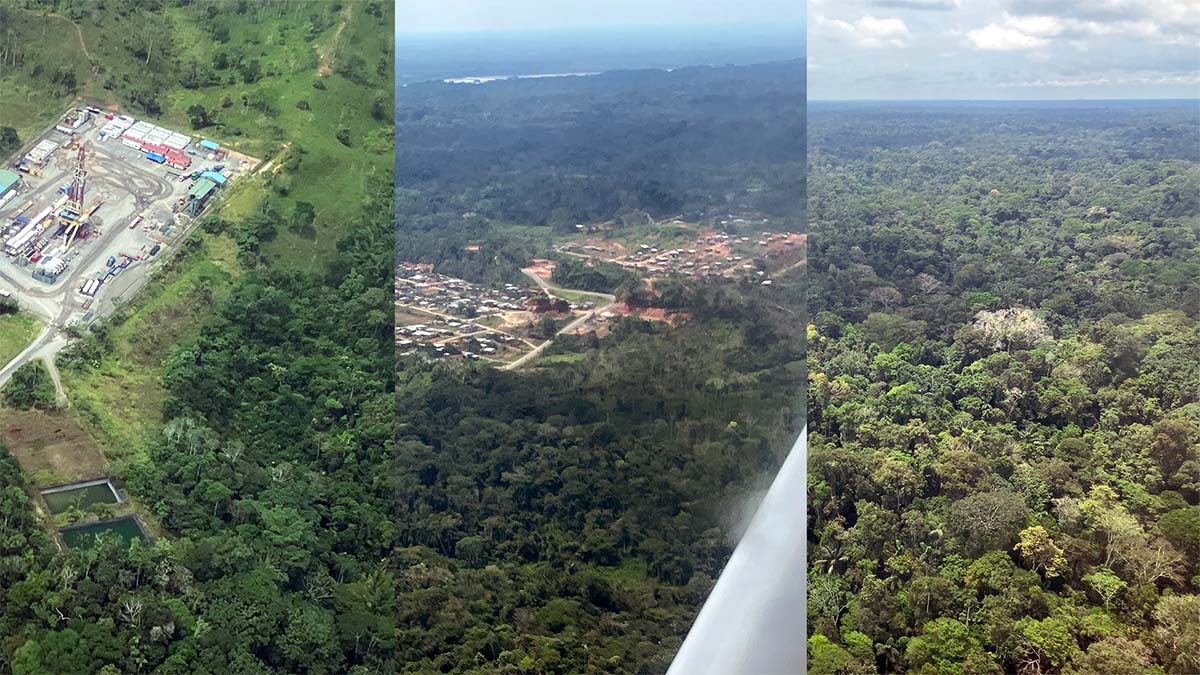International Womxn’s Week Keynote Address: Anooradha Iyer Siddiqi
A recording of this event is available with audio description .
Event Description
Womxn in Design ‘s seventh annual International Womxn’s Week convenes a weeklong series of events that gathers members of the Harvard GSD community and beyond to celebrate and cultivate new ways of thinking about gender and power. This year’s theme is Intersectional Spaces of Care.
Speaker
Anooradha Iyer Siddiqi (she/her) was born in Chennai, India, and specializes in histories of architecture, modernity, and migration, centering African and South Asian questions of historicity and archives, heritage politics, and feminist and colonial practices. Her scholarship aims to foreground histories of marginalized people and figures and promote practices of collaboration and support, especially concerning the lives and narratives of communities that have been systematically excluded or silenced. Thinking through objects, buildings, and landscapes, her work examines intellectual histories and diverse forms of esthetic practice and cultural production.
Professor Siddiqi’s book manuscript Architecture of Migration: The Dadaab Refugee Camps and Humanitarian Settlement (Duke University Press, forthcoming) analyzes the history, visual rhetoric, and spatial politics of the Dadaab refugee camps in Northeastern Kenya, as an epistemological vantage point in the African and Islamic worlds. Drawing from many years of archival, ethnographic, and visual research in East Africa, South Asia, and Europe, it moves beyond ahistorical representations of camps and their inhabitants, finding long migratory and colonial traditions in the architecture, spatial practices, material culture, and iconography of refugees and humanitarians. Her book manuscript Minnette de Silva and a Modern Architecture of the Past engages the intellectual and heritage work of one of the first women in the world to establish a professional architectural practice and an important cultural figure in the history of Ceylon/Sri Lanka. These two projects inform Professor Siddiqi’s wider body of research on histories of architecture, craft, settlement, and land, experiences of migration and territorial partition, and constructions of the past through architectural practice, pedagogy, and discourse on the African continent and South Asian subcontinent. Her writings appear in Journal of the Society of Architectural Historians, The Journal of Architecture, Comparative Studies of South Asia, Africa, and the Middle East, South Asia Chronicle, Humanity, Grey Room, Ardeth, e-flux Architecture, The Funambulist, Perspecta, Harvard Design Magazine, Platform, and The Avery Review. She is the co-editor of the multi-platform collection Feminist Architectural Histories of Migration (Architecture Beyond Europe, Canadian Center for Architecture, Aggregate) and Spatial Violence (Architectural Theory Review, republished by Routledge). She is a contributor to the volumes Writing Architectural History: Evidence and Narrative in the Twenty-First Century (University of Pittsburgh Press), Architecture and the Housing Question (Routledge), and Things Don’t Really Exist Until You Give Them A Name: Unpacking Urban Heritage (Mkuki na Nyota).
Bas Smets, “Biospheric Urbanism”
A recording of this event is available with audio description .
Event Description
The climate crisis poses the urgent challenge to make our urban environment more resilient in the face of unprecedented atmospheric changes such as rising temperatures, intensified rainfall, and longer droughts.
A city can be understood as a sequence of artificial microclimates. Buildings change wind patterns and sunlight exposure, while streetscapes modify soil permeability, runoff, and solar radiation. For each man-made microclimate, a comparable natural condition can be studied. Research on habitats and on the survival strategies of the organisms living within them permits the introduction of plants into artificial urban environments that have similar climatic conditions.
Using the logic of nature, cities can be transformed into complex urban ecologies, blurring the boundaries between the artificial and the natural. Science-based research allows the conception of solution-based projects, revealing our built environment as a network of microclimates in which plants combine the absorption of carbon dioxide with the production of evaporative cooling, simultaneously reducing the source of the problem and mitigating its effects.
The built environment thus becomes a hybrid living organism, lying at the interface between a changing meteorology and an underused geology. Biospheric Urbanism conceives the urban environment as the intersection connecting what lies above and what lies below, using the intelligence of plants.
Speaker
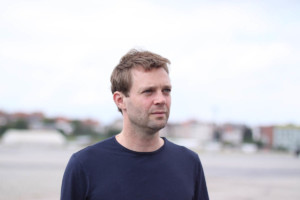
Bas Smets (b. 1975) has a background in landscape architecture, civil engineering and architecture. He founded his firm in Brussels in 2007 and has since completed more than 50 projects in more than 12 countries with his team of 25 architects and landscape architects.
His realised projects include the Parc des Ateliers in Arles, the park of Thurn & Taxis in Brussels, the Mandrake Hotel in London, and the Himara Waterfront in Albania. In 2022 he won the international competition for public space around the Notre-Dame Cathedral in Paris, France.
Each of these projects is part of an interrelated research into the possible role and ambition of landscape projects. The aim is to invent ‘Augmented Landscapes’ by using the logics of nature. These augmented landscapes produce a new microclimate while providing new atmospheres. The collaboration with artists and scientists takes a central role in this research.
A first monographic exhibition was presented in 2013 by deSingel International Arts Center in Antwerp and Arc-en-Reve centre for architecture in Bordeaux. Bas Smets has received numerous honours and awards, among which the Award for Urbanism and Public Space from the French Royal Academy of Architecture and the Aga Khan Award for Architecture.
Stan Allen, “Situated Objects”
A recording of this event is available with audio description .
Event Description
Situated Objects , published in 2020, is a book of buildings, drawings and projects realized by Stan Allen since 2012. Well known for his essay “Field Conditions,” and for work at the scale of the city, these projects represent a complementary approach that addresses nature, the ex-urban landscape, design process and construction through a series of small-scale works on rural sites.
The book – and the lecture – argue that buildings are best understood as “situated” objects: object-like in that they have fixed limits and stand free; situated, in that buildings always exist in an intricate relationship to a larger context. A building does not end at its walls; it is a nexus in a complex field of social relations, ecological systems, cultural norms and local histories.
Woven into this presentation of recent work is a personal reflection on Allen’s time at the Cooper Union, and the influence of John Hejduk on his work and thinking.
Speaker
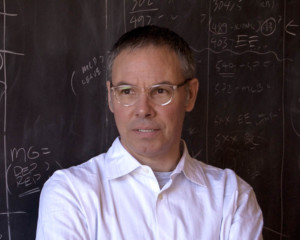
Stan Allen is an architect and George Dutton ’27 Professor of Architecture at Princeton University. His practice Stan Allen Architect has realized buildings and urban projects in the United States, South America and Asia. Responding to the contemporary city in creative ways, Allen has developed an extensive catalogue of innovative design strategies, in particular looking at field theory, landscape architecture and ecology as models to revitalize design practice. Parallel to this large-scale work he has recently completed a number of private houses and artist’s studios on rural sites in the Hudson River Valley. His architectural work is published in Points + Lines: Diagrams and Projects for the City and his essays in Practice: Architecture, Technique and Representation . The edited volume Landform Building: Architecture’s New Terrain was published by Lars Müller in 2011, and his most recent book is Situated Objects, published by Park Books in 2020. In 2009 he received the John Q. Hejduk Award, and in 2002, a President’s Citation for Exceptional Contributions to Architecture from the Cooper Union.
Grand Paris Express: Reconfiguring the City through Radical Infrastructure
Event Description
Established in 1986, the biennial Green Prize recognizes projects that make an exemplary contribution to the public realm of a city, improve the quality of life in that context, and demonstrate a humane and worthwhile direction for the design of urban environments. Eligible projects must include more than one building or open space constructed in the last 10 years.
The 14th Veronica Rudge Green Prize in Urban Design has been awarded to the Grand Paris Express, a large-scale transit project currently being built in and around the Paris metropolitan area. Through carefully articulated design interventions, the Grand Paris Express illustrates the potential for the planning and execution of mobility infrastructure to transform a city and its region. Société du Grand Paris , a national agency responsible for designing, creating, and implementing the Grand Paris Express, will receive the honors for the prize in recognition of their continued stewardship behind the project.
This year’s jury committee includes Eve Blau, adjunct professor of the history and theory of urban form and design at the GSD; Maurice Cox, LF ’05, commissioner of the Department of Planning and Development of the City of Chicago; Gary Hilderbrand, MLA ’85, Peter Louis Hornbeck Professor in Practice of Landscape Architecture and chair of the Department of Landscape Architecture at the GSD; and Ron Witte, professor in residence of architecture at the GSD; and chaired by Joan Busquets, Martin Bucksbaum Professor in Practice in Urban Projects at the GSD.
Grand Paris Express: Reconfiguring the City through Radical Infrastructure, an exhibition coinciding with the prize, will be on display in the Druker Design Gallery from January 23, 2023, through March 31, 2023. Curated by Joan Busquets, Martin Bucksbaum Professor in Practice of Urban Planning and Design, the exhibition showcases models, renderings, documentary photographs, and video footage of this vast and ambitious urban design project. Megan Octaviani, MAUD ’23, was the Curatorial Assistant for the exhibition.
A public event and reception for the exhibition will occur on Thursday, March 2 at 6:30 p.m. in Piper Auditorium, and two workshops will take place on Friday, March 3 in Stubbins (Gund 112).
For more information about the Prize and to see a list of previously awarded projects, please visit the Veronica Rudge Green Prize in Urban Design website.
Schedule
Thursday, March 2
6:30 PM
Piper Auditorium
Celebration of the 14th Veronica Rudge Green Prize in Urban Design, followed by a reception in Druker Design Gallery
Friday, March 3
Stubbins 112
Reinterpreting the Grand Paris Express from North American Perspectives
an afternoon of workshops
12:30 PM – 2:15 PM
Workshop 1: High Performance Public Transportation
Opening by Dean Sarah Whiting
Introductory Provocation by Pierre-Alain Trévelo
Panel 1: Navigating Urban Transportation: A Look at Current Issues and Debates
Featuring Peter Rowe, Pauline Marchetti, Maurice Cox, and Jascha Franklin-Hodge. Moderated by Saad Boujane, MAUD ‘23.
Panel 2: Future Models of Mobility: An Innovation in Motion
Featuring David Zipper, Antoine Picon, and Carole Voulgaris. Moderated by Pranav Thole, MAUD ‘23.
2:15 PM – 3:00 PM
Break
3:00 PM – 4:45 PM
Workshop 2: New Stations as Urban Projects
Opening by Rahul Mehrotra
Introductory Provocation by Jacques Ferrier
Panel 3: Metro Stations and the Urban Context: Mobility Advancement as a Driver of Diverse Public Realms
Featuring Dominique Alba, Gary Hilderbrand, Diane Davis, and George L. Legendre. Moderated by Christopher Ball, MAUD ‘23.
Panel 4: Conceiving a Metro Station as a Design Object
Featuring Dominique Perrault, Grace La, Ron Witte, and Joan Busquets. Moderated by Sovona Ghatak, MArch II ‘23.
Ana María Durán Calisto, “The Deep History of Amazonian Agroecological Urban Forests: Why Do They Matter Today?”
A recording of this event is available with audio description .
Event Description
In this talk, Ana María Durán Calisto will discuss the design principles of ancient Amazonian agroecological urban constellations; the ways in which colonialism disrupted (and continues to disrupt) Amazonian patterns of inhabitation and habitat construction; and the visions Amazonian urban history offers to inform our ability to reimagine future urban ecologies.
Speaker
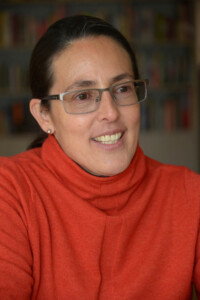
Ana María Durán Calisto is an architect, urban planner, environmental designer and scholar from Quito, Ecuador. In 2002, she founded the award-winning design group Estudio A0 with her husband, British-Punjabi architect Jaskran Kalirai. Estudio A0 has designed a diverse array of projects, at all scales, in close collaboration with its clients and community partners. Its building QPH obtained the first Leed Gold of continental Ecuador and was ranked 8th among the 500 best socio-environmental projects in Latin America at the 2015 Latin American Green Awards. In collaboration with Del Hierro AU and L + A Arquitectos, it won the competition for the Ikiam University campus, which eventually was awarded First Prize in the SDSN Amazonia Infrastructure Award, COP 21, in Paris. Its incremental housing scheme received Second Prize in a Social Housing Competition sponsored by UN Habitat. Estudio A0’s projects have been extensively published. Recent features include 30 arquitectos más relevantes de América Latina (Línea Editorial y Lexus Editores, 2020), Office Design (Booq Publishing, 2019), Company Gardens: Green Spaces for Retreat and Inspiration (Braun Publishing, 2019), and International Houses (Taschen, 2018).
Durán Calisto is currently a Ph.D. candidate in the urban planning department at UCLA. Under the advice of Susanna Hecht, she is writing a dissertation on the urban history of Amazonia, with a focus on indigenous systems of territorial planning and colonial disruptions. She is a member of the Science Panel for the Amazon, convened by SDSN & the UN. She co-authored its report ́s chapter on urbanization. In2022, she received the Mark Cousins Theory Award. Durán Calisto is a lecturer at the Yale School of Architecture and has taught research seminars and design studios at FADA-PUCE, the Harvard GSD, Columbia University, the University of Michigan, IAAC, Universidad Católica de Temuco, and UCLA ́s Institute for the Environment and Sustainability. She curated the XV Quito Architecture Biennial: Visible Cities (2006) and was National Curator for the IX BIAU. She co-edited the books Ecological Urbanism in Latin America (2019), Beyond Petropolis: Designing a Practical Utopia in Nueva Loja (2015), IV Taller Internacional de Vivienda Popular (2007).
